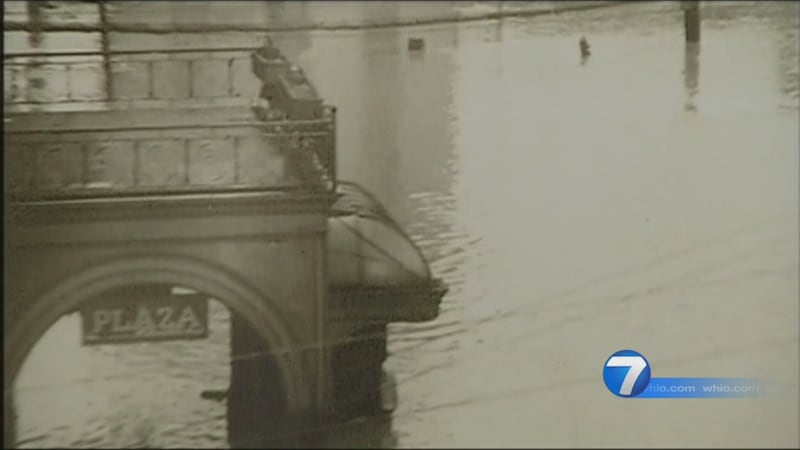With heavy rain from the remnants of Tropical Storm Harvey continuing to pound the Houston area, the Dayton region already has a system in place to protect the area from significant flooding,
Following The Great Flood of 1913, the Miami Conservancy District was developed with various communities banding together to build a massive flood protection system that includes levees, five dams and water pumps between Piqua and Hamilton.
RELATED: Plans underway after downtown streets flooded
“The system is built to hold about 14 inches of rain over a three-day period, so it’s actually more than the 1913 flood. It’s 40 percent greater,” said Kurt Rinehart, Chief Engineer of the Miami Conservancy District. “It’s designed to hold a sufficient amount of water to protect the cities.”
RELATED: How much rain can Miami Valley flood protection system handle?
Geographically the Miami Valley is not in a location to experience the type of rainfall Texas accumulated with Harvey, according to Storm Center 7 Meteorologist McCall Vrydaghs.
Due to the close proximity to the Gulf of Mexico, Harvey had a non-stop source of water to draw from, Vrydaghs said.
This helped to fuel the storm and continually add to the rain totals.
Although southwest Ohio can see tropical moisture stream from the gulf, it has to travel a long distance, limiting the amount of water that can make the trip, Vrydaghs added.
In June 2015 a sewer pump failure near downtown caused areas of Monument Avenue and the surrounding streets to flood, which led to city officials opening the flood gates to help alleviate the flooding on the roads.







